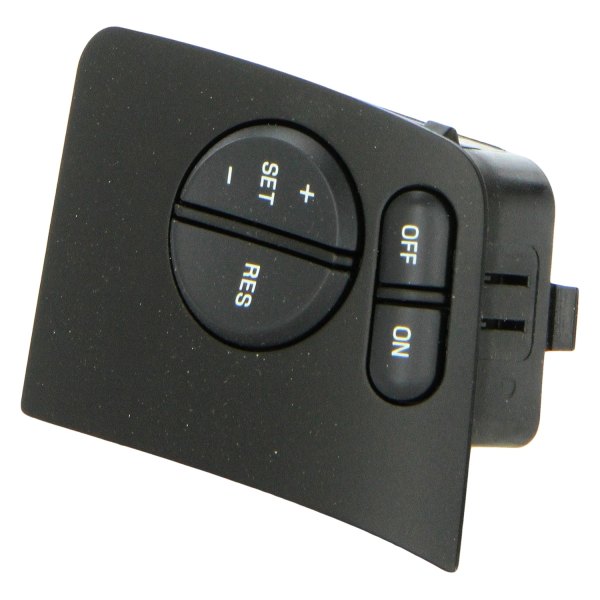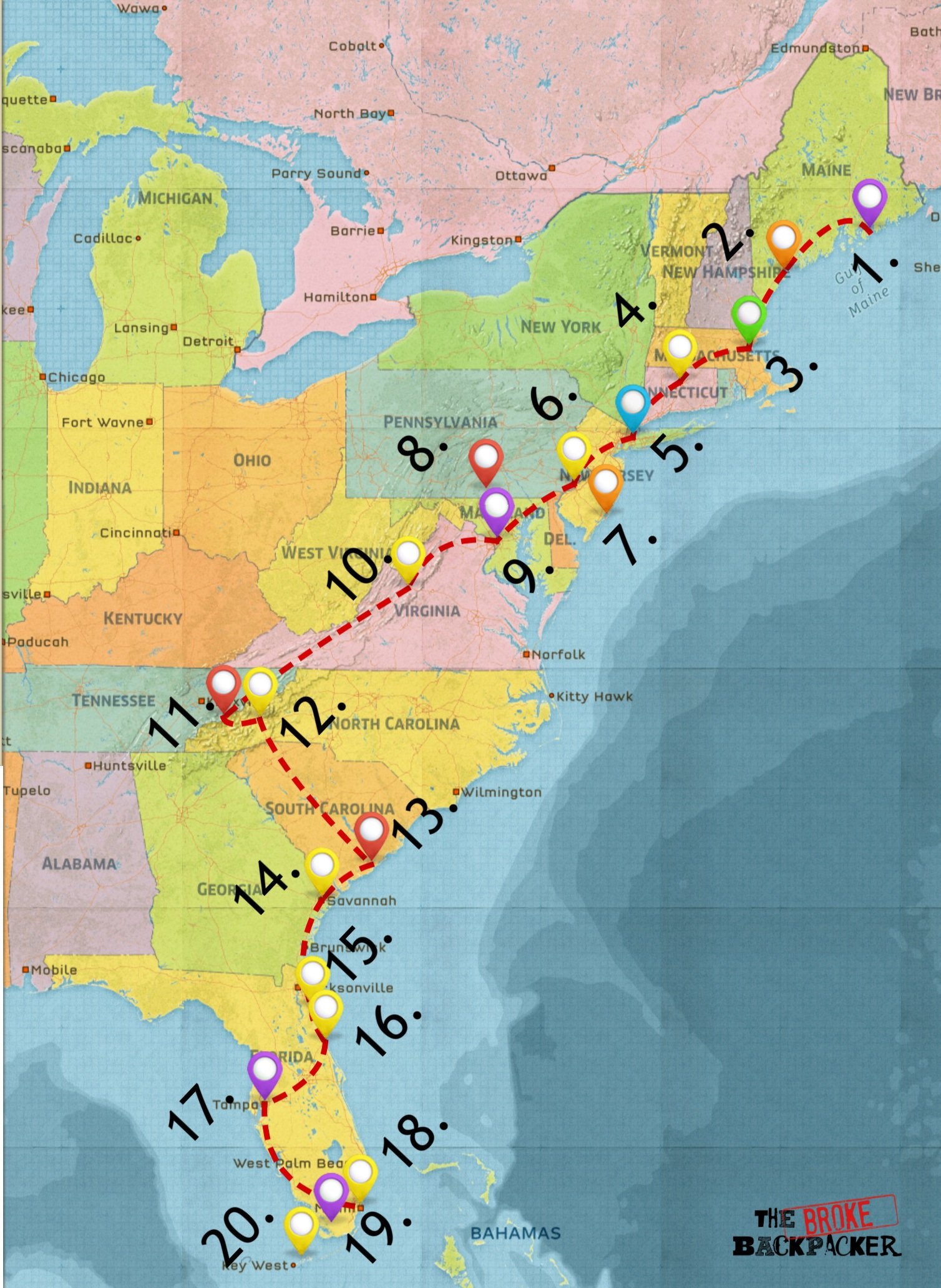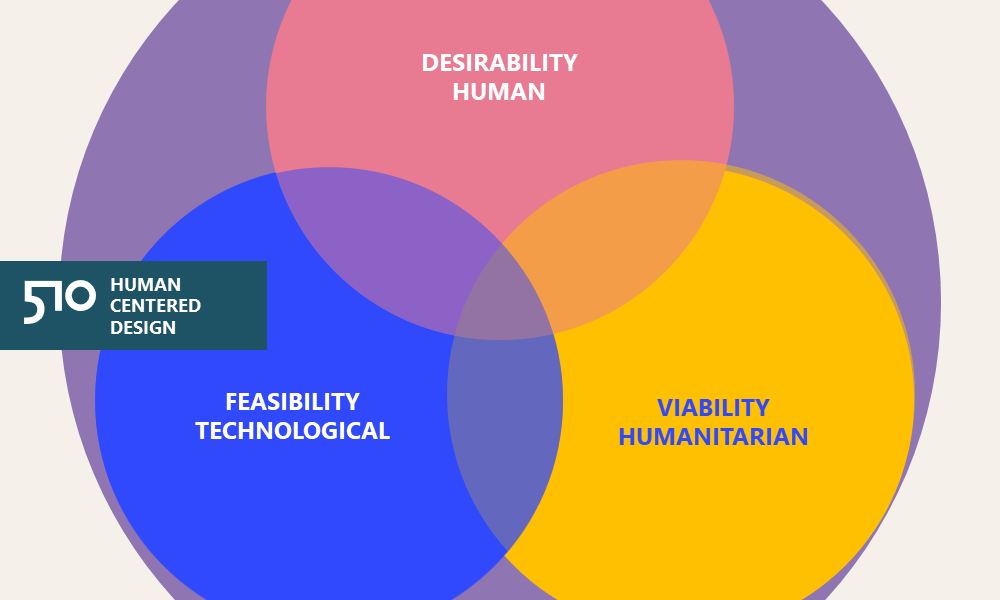Table Of Content

It uses GPS and map data to see into the future and predict what's coming up on the road, like hills or curves, and adjusts your speed accordingly. This means you get a smoother ride and better fuel efficiency, but it all depends on the quality of the GPS and map data. If that's a bit out of date, your fortune-telling cruise control might not be so accurate.
Different manufacturers have different cruise control features
Cruise self-driving cars were suspended in California. It could affect the whole industry. - Slate
Cruise self-driving cars were suspended in California. It could affect the whole industry..
Posted: Wed, 25 Oct 2023 07:00:00 GMT [source]
Here’s a list of the driver-operated functions provided by the cruise control buttons and toggles. Some controls perform multiple functions, depending on how they are used. For example, the Set and Accelerate functions are often incorporated into the same button or toggle. Typically, you can operate the functions of the cruise control system on today’s new cars using buttons located on the steering wheel. They are usually placed for easy operation by one of the driver’s thumbs.
Wheel Alignment vs. Balance: What’s the Difference?
After the road gradient return to zero, the vehicle starts to pick up speed, at a slow rate due to inertia. There are also feedforward control systems, which are open loop control systems but with an adjustment of the control input function of disturbances. In the picture above, you can see two cables connected to a pivot that moves the throttle valve. One cable comes from the accelerator pedal, and one from the actuator.
Speed Limits
Rather more complex than that, though, is the question of exactly how it keeps the vehicle moving at a specific speed. If you've ever wondered how cruise control works, what the pros and cons of using it are, how it's developed since its introduction, and/or when to use it, this is just the piece for you. While cruise control is a convenient feature for modern drivers, it is not perfect for all circumstances. In fact, utilizing the system can be quite dangerous if you’re not careful. When the vehicle is not driving at the set speed (55 kph) there will be an speed difference error. This will be used by the PID controller and adjust the traction force.
Car Sales Are Speeding Up, But Dealers Still Have Too Much Inventory

This system is excellent for everyday driving, offering features like speed sign recognition and evasive steering assist. Now, if conventional cruise control is your old reliable friend, then Adaptive Cruise Control (ACC) is like that friend's tech-savvy younger cousin. ACC isn't just maintaining your set speed, it's also keeping an eye on the car in front of you. If that car slows down, ACC slows your car down to keep a safe distance. There continues to be plenty of confusion about self-driving or autonomous systems, what they are, and how they operate. However, the major difference between adaptive cruise control and a self-driving system is, ACC is simply a component of a driverless system.
Using Cruise Control Safely and Efficiently
General Motors’ Super Cruise system is available in select Cadillac models and provides hands-free driving assistance on compatible highways. It uses LiDAR map data, high-precision GPS, and a driver attention system to ensure safety. Unlike Tesla’s FSD, it’s limited to highway use but excels in hands-free driving comfort and safety. While fully autonomous vehicles are still in the developmental stages, the integration of cruise control technology is a big step toward creating safer and more efficient transportation systems. So, if the car in front of you slows down, you'll need to step in and adjust your speed manually. This trusty system comes standard on most cars and is great for saving some fuel on those long road trips.
Cruise control (also known as speed control, cruise command, autocruise, or tempomat) is a system that automatically controls the speed of an automobile. The system is a servomechanism that takes over the car's throttle to maintain a steady speed set by the driver. As you can see, the total input traction force is adjusted function of the road gradient. The feedforward component manages to compensate partially the road gradient change but not completely.
Open loop vs. closed loop control systems (with Xcos simulations)
For our vehicle example, the feedforward can be performed by the driver. Imagine that, while driving, the driver observes a hill coming up in front. Based on experience the driver knows that the vehicle will decelerate.
Who are the leading innovators in adaptive cruise control for the automotive industry? - just-auto.com
Who are the leading innovators in adaptive cruise control for the automotive industry?.
Posted: Wed, 25 Oct 2023 07:00:00 GMT [source]
Winding Roads
Conventional cruise control uses its computer to maintain a speed determined and manually set by the driver with no awareness of or regard for surrounding traffic and conditions. Capable of responding to topographical changes, like going up and down hills, the computer increases throttle pressure or engages the engine brake to maintain the preset speed. Cruise control is less flexible on vehicles with a manual transmission because depressing the clutch pedal and shifting gears usually disengages the cruise control. The "resume" feature has to be used each time after selecting the new gear and releasing the clutch. Therefore, cruise control is most beneficial at motorway/highway speeds when top gear is used virtually all the time.
More modern vehicles with electronic throttle and monitoring systems make this problem even less likely. It’s important to remember that cruise control is not a substitute for attentive driving. Drivers should always remain aware of their surroundings and be ready to take control of the vehicle at any time. Additionally, drivers should not use speed control in certain situations, such as in heavy traffic, on wet or slippery roads, or when driving in mountainous terrain. Overall, it can be a helpful tool for long-distance driving on open roads, but drivers should always use it with caution and be aware of its limitations.
Heavy, or stop-and-go traffic is not ideal for safely using cruise control. When engaging cruise control on the highway, ensure your lane is clear and there are no vehicles stopping ahead. Cruise control has come a long way since first invented and patented by Ralph Teetor in 1950, who originally named it the “Speedostat”. Chrysler Corporation was the first manufacturer to offer the groundbreaking mechanism as an option on several of its luxury vehicle models nine years later. Today, cruise control is rapidly becoming the standard on all new vehicles, providing drivers with increased convenience on their daily drive.
Cruise control is a common feature, and adaptive cruise control is becoming increasingly widespread too. Adaptive cruise control, which monitors the ever-changing road ahead continuously via radar or laser, is potentially better equipped to handle congested roads. There's no definitive answer on whether that's the case, however, because this feature is very different from vehicle to vehicle. In the past 25 years, huge leaps in sophistication propelled cruise control to a point where some drivers may be confused by exactly what it is and how it works. Here, we will clear up any confusion about its functions, benefits, and limitations to help you on your car buying journey.
The diagram below shows the inputs and outputs of a typical cruise control system. Many cars use actuators powered by engine vacuum to open and close the throttle. These systems use a small, electronically-controlled valve to regulate the vacuum in a diaphragm.



